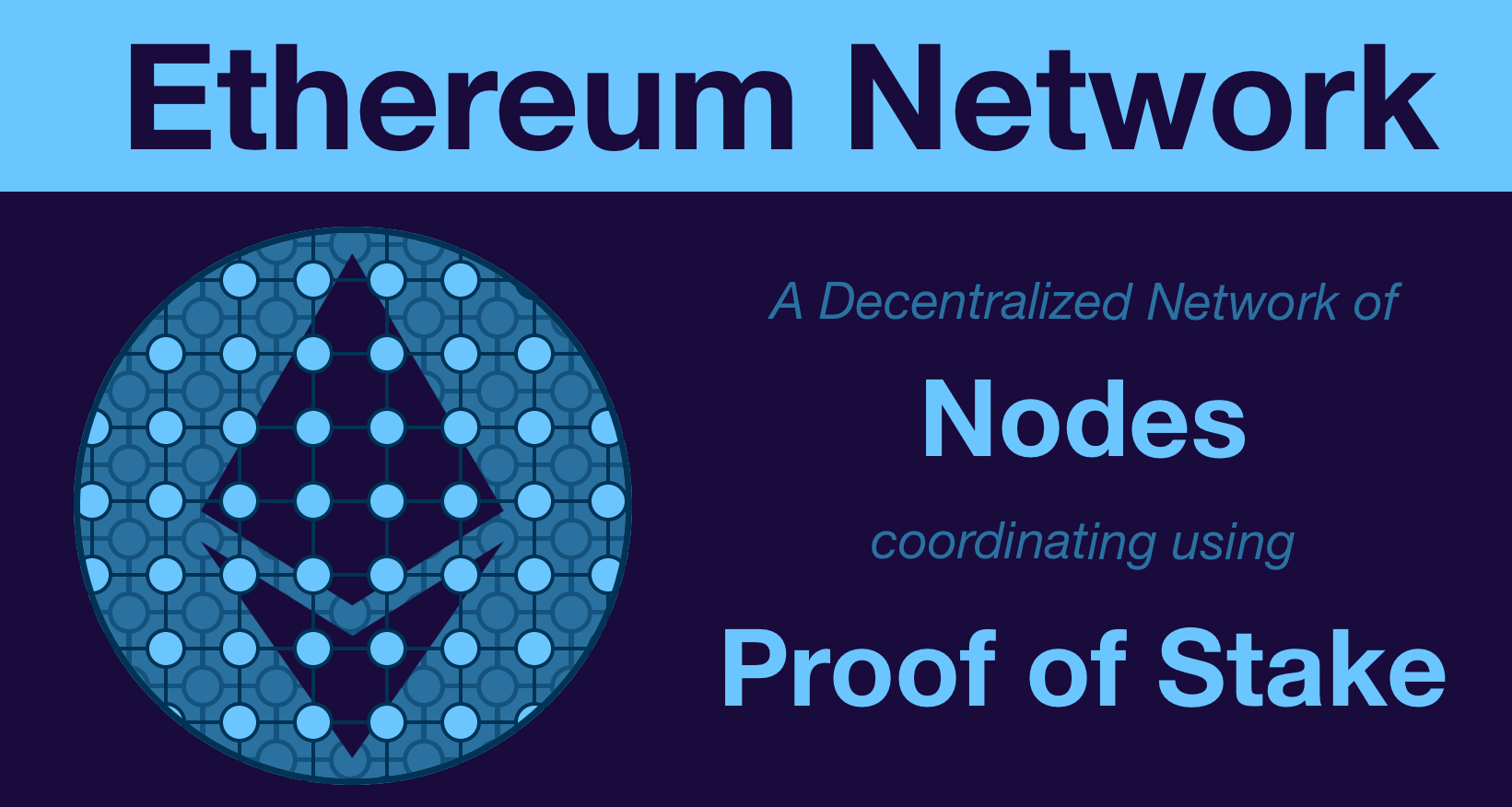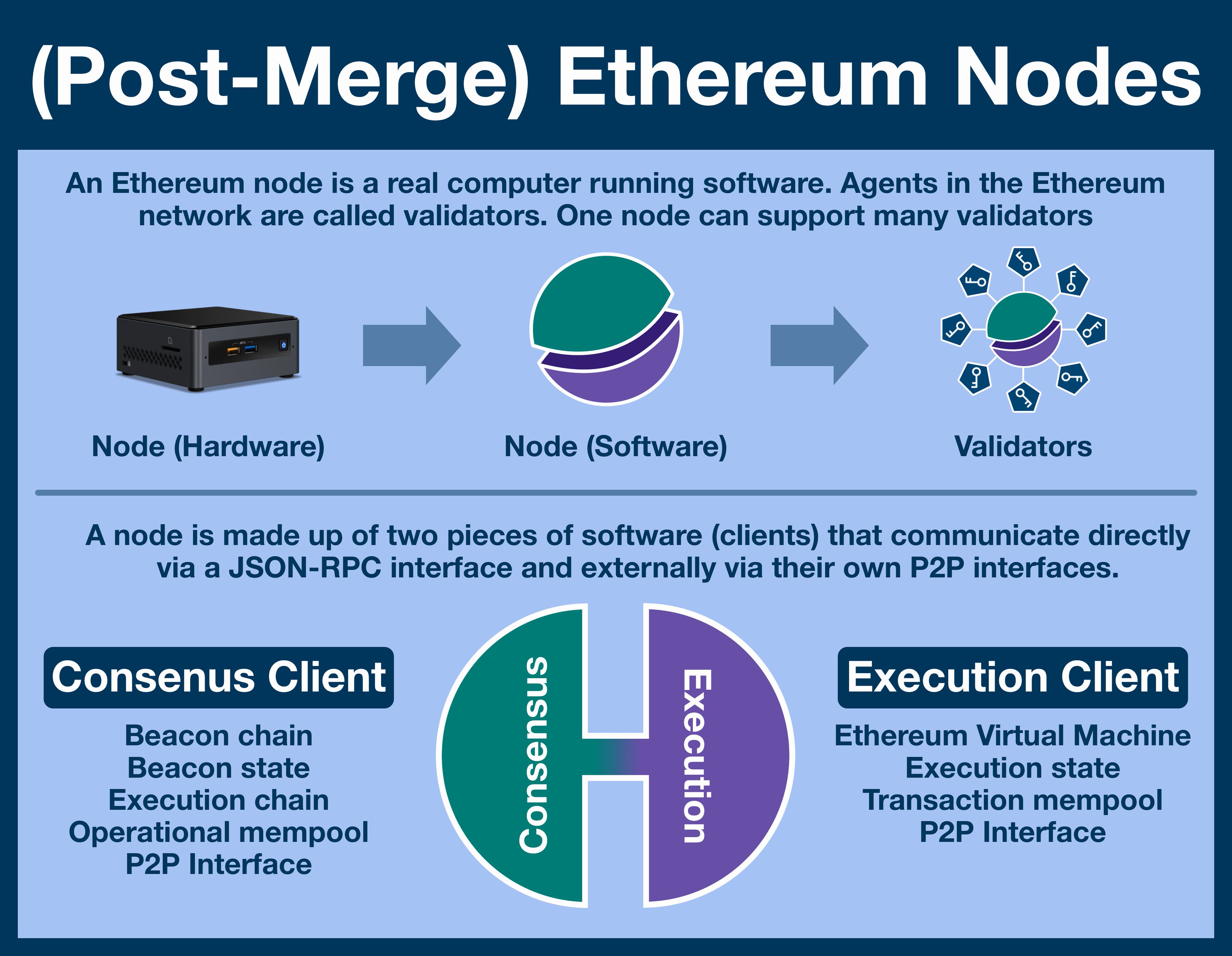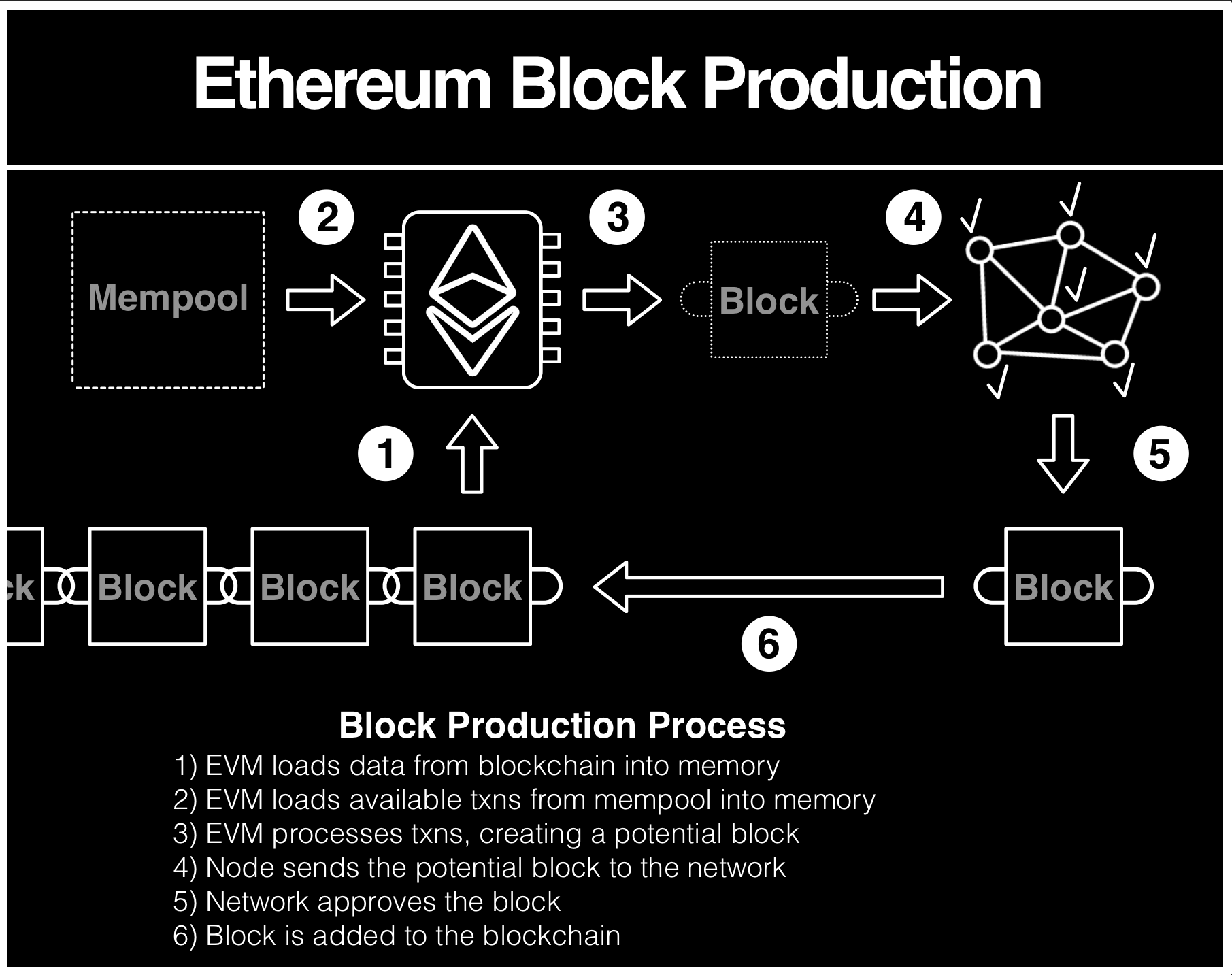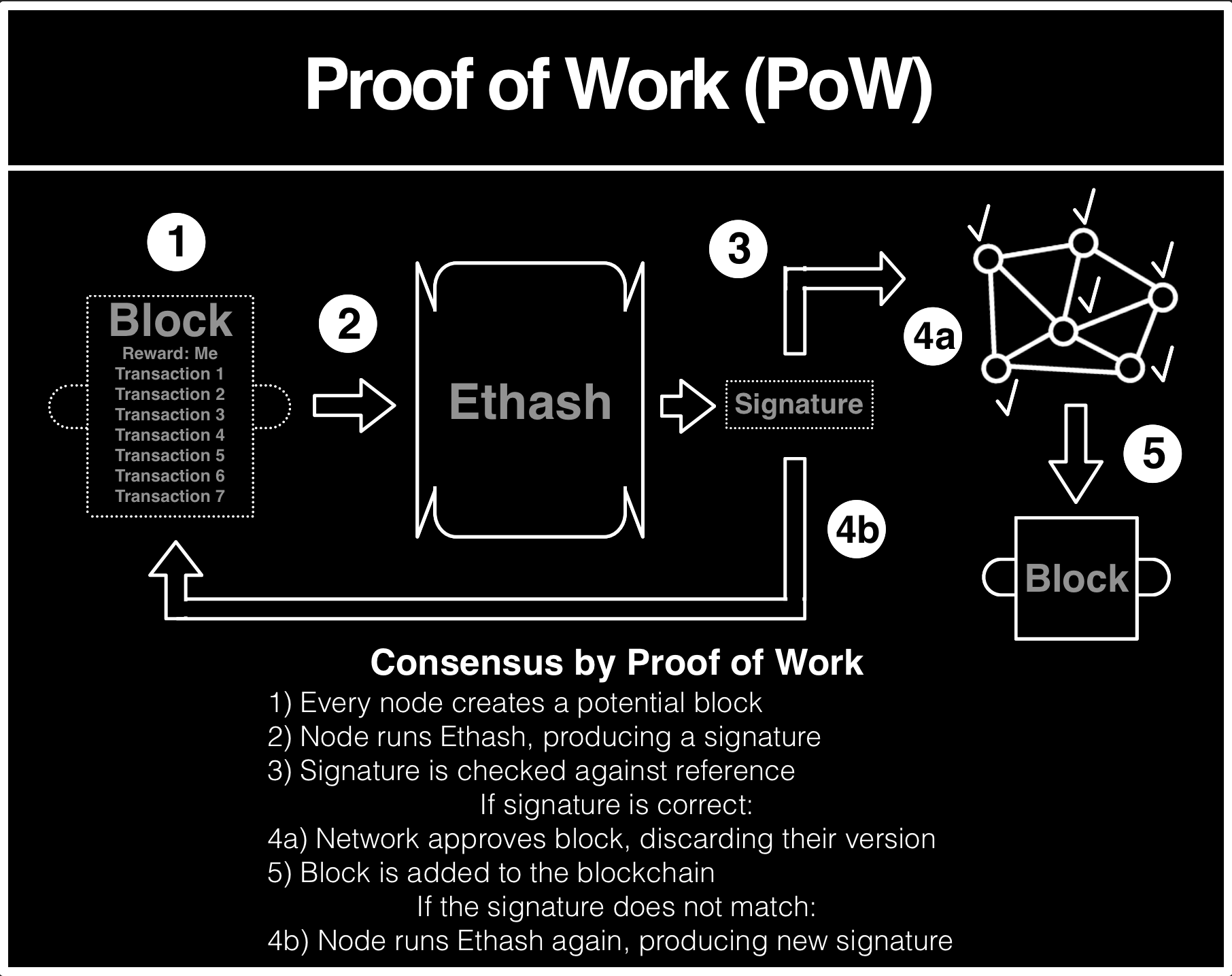
¶ Ethereum Network
¶ The World Computer
Ethereum is the World Computer, a single, globally shared computing platform that exists in the space between a network of 1,000s of computers.
The Ethereum Virtual Machine (EVM) provides the computing environment, the blockchain provides a permanent, transparent record of the World Computer's activity.
The network is the group of real world computers (nodes) that run the software that both executes the EVM and produces the blockchain.
¶ A Network of Nodes

You can think of a node in two ways: a real-world computer or the group of software needed to access, validate and otherwise run the World Computer.
Nodes are both the physical machines running the Ethereum and the real-world access points to the World Computer. Users access Ethereum by sending transactions directly to nodes.
Under the hood, a node is actually two independent pieces of software: a consensus client and an execution client.
Think like this:
- Consensus client: responsible for Proof of Stake (PoS), securing Ethereum with the value of ETH
- Execution client: responsible for operating the computing platform of the World Computer (the EVM).
¶ Ethereum Block Production

As The World Computer executes transactions, it records the changes in the EVM and reports it as a block.
Each node is executing this process locally, coordinating with the network and progressing in lockstep.
We begin with the blockchain, from which the EVM can load everything into memory.
From there it can begin transacting. Potential transactions are chosen from the mempool and bundled together. The EVM then executes all bundled transactions, producing a potential block. The potential block is then sent to the network.
The other nodes inspect and approve the potential block, adding it to their copy of the EVM and blockchain.
The network must maintain uniform execution across tens of thousands of nodes.
All must progress together, one block at a time
¶ Keeping the Network in Sync
Consensus is the process by which all the nodes coordinate, stay in sync and create economic security.
Previously, the Ethereum network uses Proof of Work (PoW) to coordinate. However, in September 2022 Ethereum transitioned to Proof of Stake (PoS).
Let's briefly discuss PoW.
¶ Proof of Work

Under PoW, nodes (miners) compete to solve puzzles generated by the current state of the blockchain.
The first miner to solve the puzzle broadcasts the block they produced to the network, who verify the block and then add it to their copy of the blockchain.
Then everyone begins the next puzzle.
Read about Ethash to learn more about these puzzles. Just know that they are difficult to solve but easy to verify.
There are many reasons why Proof of Stake is a superior system. Perhaps most importantly, the way this system works is winner take all.
Only the first miner with the correct solution is rewarded. Every other node discards their work and starts on the next one.
Not only is everyone else’s effort trashed, it’s responsible for all that energy waste.

¶ Proof of Stake

Deep Dive: Ethereum Proof of Stake
PoS begins with a commitment by every node (validator): “I will play by the rules.”
But this is the internet, we don’t rely on promises from anonymous IP addresses. Ethereum PoS requires a pledge of collateral.
Something at stake.
In PoS, a validator is chosen at random, becoming the block producer.
Validators attest to the validity of the new block, adding it to the blockchain.
Proposals are rewarded with a lot of $ETH, attestations with a little.
The network is made of nodes, each of which can support multiple validators. A validator has exactly 32 ETH at stake.
Deploying more validators means a better chance to be selected as block proposer.
My favorite analogy is a running race.
- PoW is a brutal competition between every athlete, from little Jimmy to Usain Bolt. 1st gets the prize, 2nd-last get nothing.
- PoS is an agreement to take turns and to share the winnings, enforced by a claim on your bank account.
¶ The Future on the World Computer
Ethereum is The World Computer, native to the internet.
The EVM and the blockchain speak to The World Computer. Consensus systems speak to internet native, coordinating trustlessly and progressing in unison.
The future is in the applications you build on top of it!
¶ Resources
Source Material - Twitter Link
Source Material - PDF